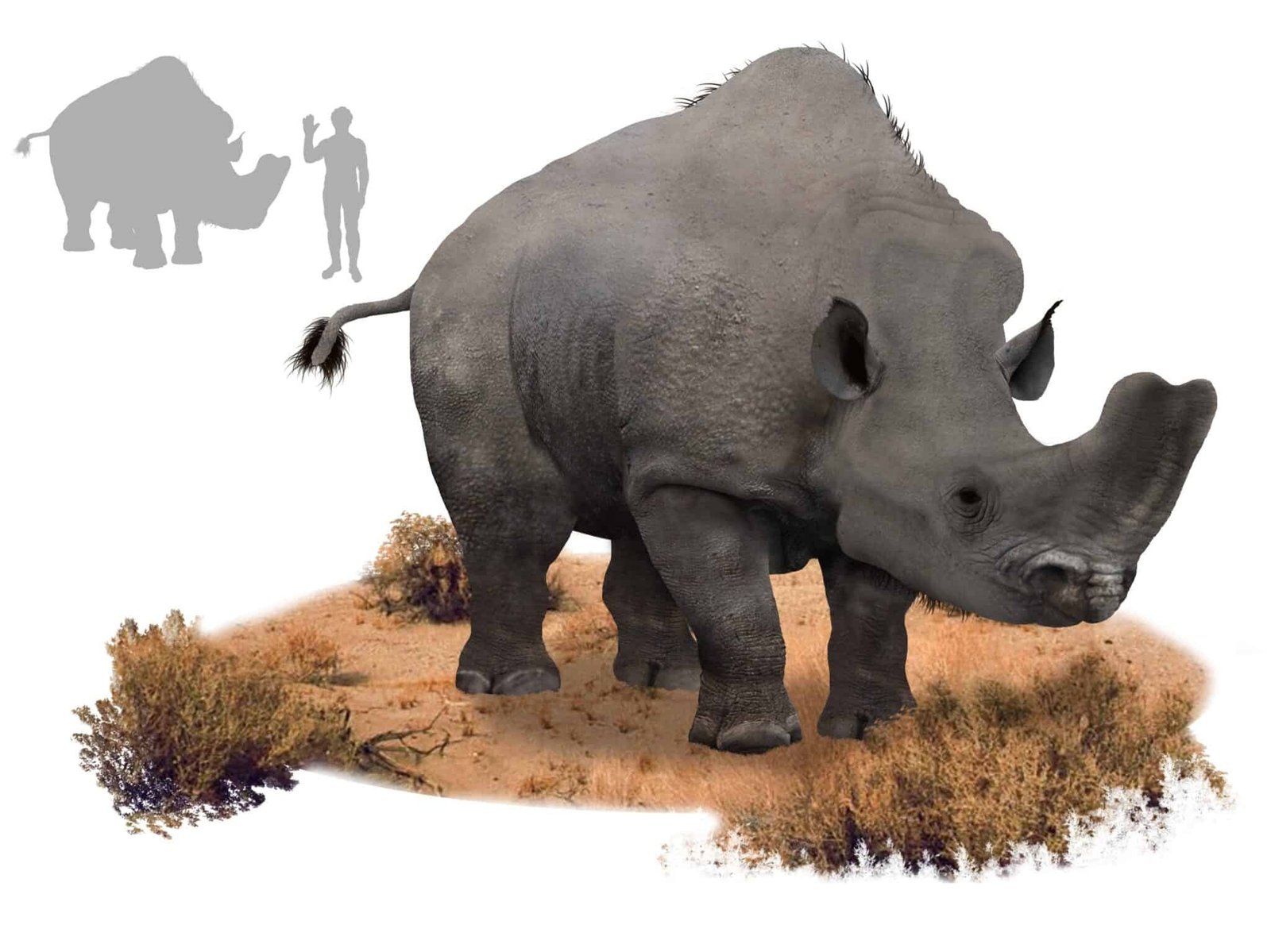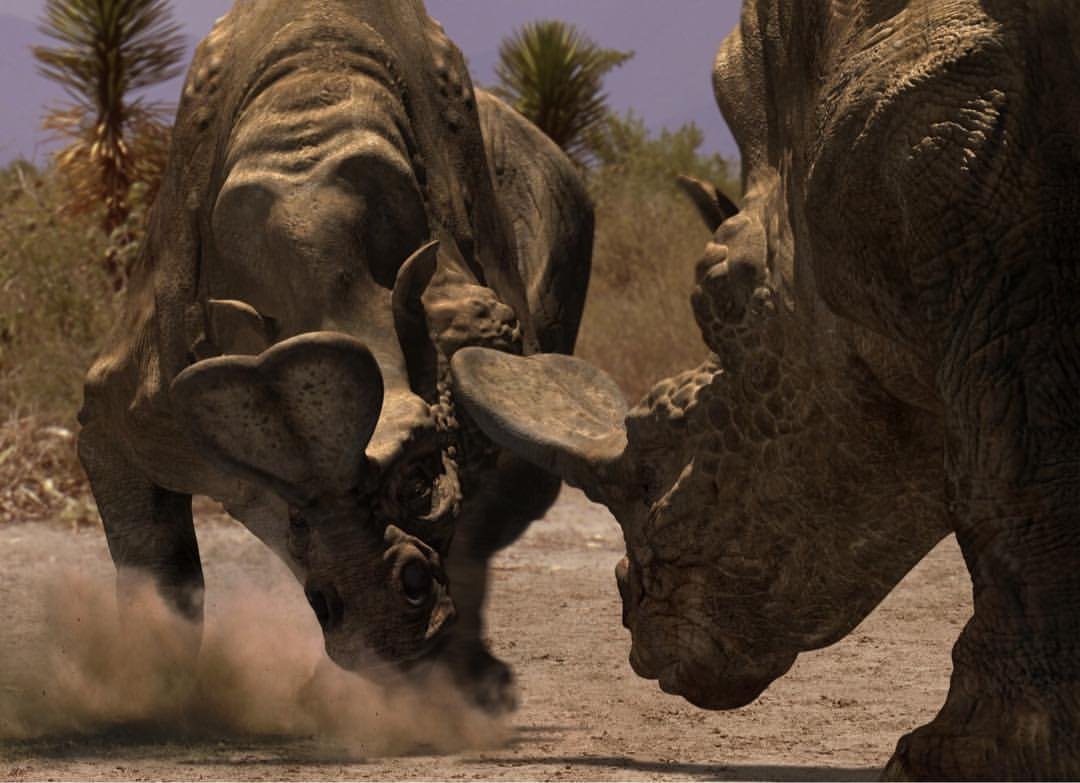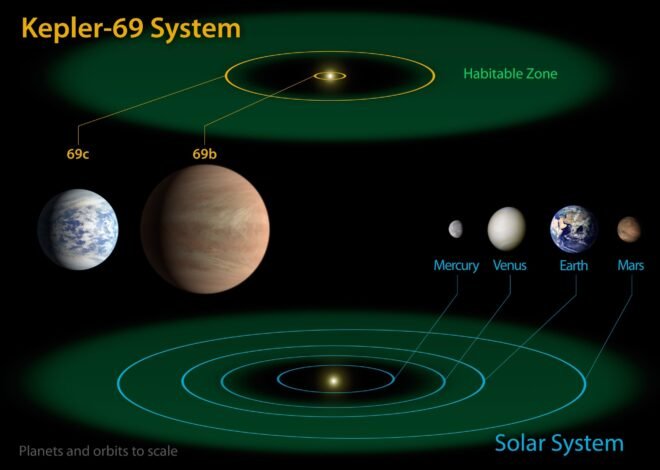
Embolotherium: Rhinoceros possess horns like those of scarab beetles
Fossils are important in helping people learn about the past.
The five extinction events that occurred on Earth wiped out many species, but fortunately, the fossils of these species can help us learn about the vast history of life.
This article will be about an ancient rhinoceros species called the now extinct Embolotherium, also known as the `Thunder Beast`.
Of all the ancient rhinoceros, Embolotherium had the most distinctive `horn,` which actually looked like a broad, flat shield rising from the end of its snout.
Embolotherium is an extinct genus of animals, whose name is translated from Greek as `Thunder Beast`.
Its name is a reference to the protrusion from its skull, which makes it look like a `bug` version of a modern rhinoceros.
Embolotherium was a very large ancient mammal, known only from incomplete fossil remains.

Embolotherium was a very large ancient mammal, known only from incomplete fossil remains.
Although there are no complete fossils of Embolotherium, there is a wealth of evidence that allows in-depth research on this ancient animal to be conducted.
Sponsored by the American Museum of Natural History, American explorer Roy Chapman Andrews and paleontologist Walter W. Granger led an expedition into China to discover fossils of ancient species.
Other fossil jaws and skulls of Emolotherium have been discovered in the Baron Sog Formation and Shara Murun Formation.
Since they are animals of the family Brontotheriidae, other animals such as Megacerops from North America have helped scientists describe the appearance of Embolotherium.

This strange `horn` structure can be used to create differences in appearance (males have larger `horns`, the easier it is to attract the attention of females) or for sound resonance.
Although no complete fossils of Embolotherium have been found, thanks to what is known about other Brontotheriidae such as Megacerops, scientists can estimate their size.
Embolotherium is estimated to have been about 2.5 meters in height and up to 5 meters in length, and it is estimated that they could have weighed about 2 tons.
Descriptions of these animals show that they looked very similar to modern rhinoceroses, but they had large developed nasal bones instead of horns.
It has been hypothesized that the baleen in front of their noses may have been used as a resonator to amplify their sounds.

Embolotherium lived during the late Eocene Epoch in East Asia.
Embolotherium lived in Mongolia and other areas of East Asia, with most fossils found in the Gobi Desert.
During this time period, the Gobi Desert possessed a landscape that was extremely different from today.
The teeth of Embolotherium show that they were herbivores.
Despite its huge size and strong growth during the Eocene period, Embolotherium became extinct at the end of the Eocene period.
The soft vegetation they eat has been replaced by drier, harder vegetation, making it harder for them to eat.
Source: Animalia;


